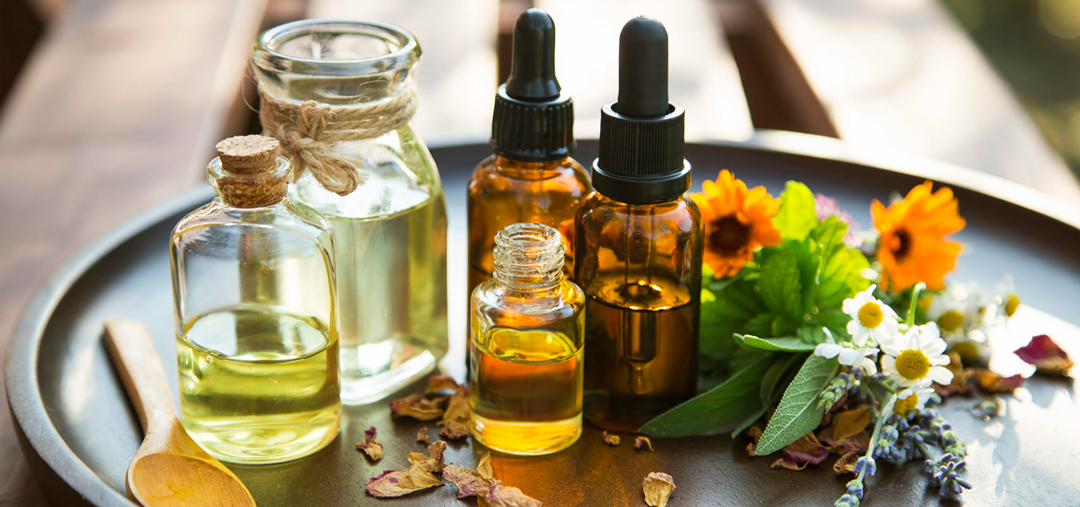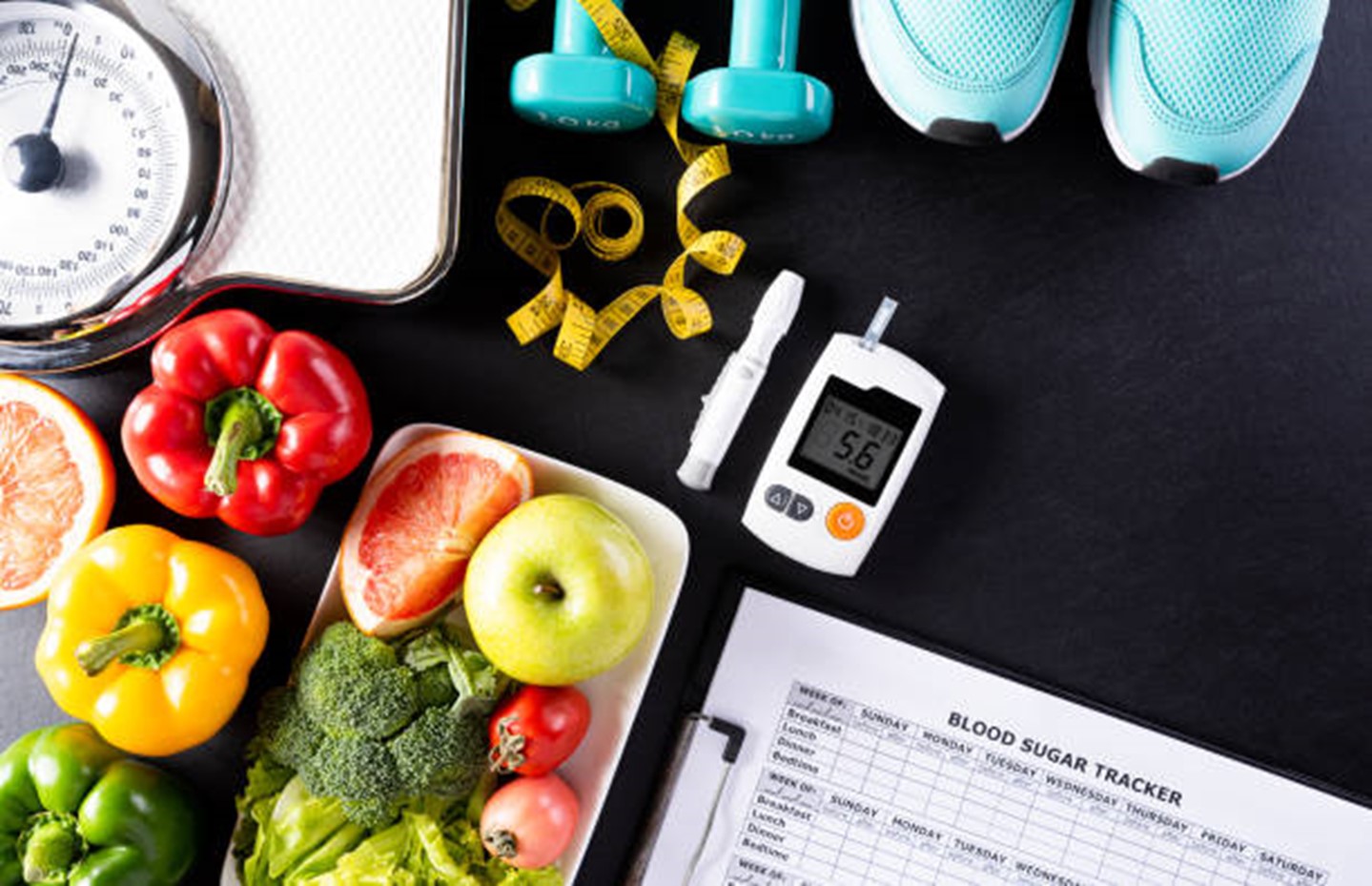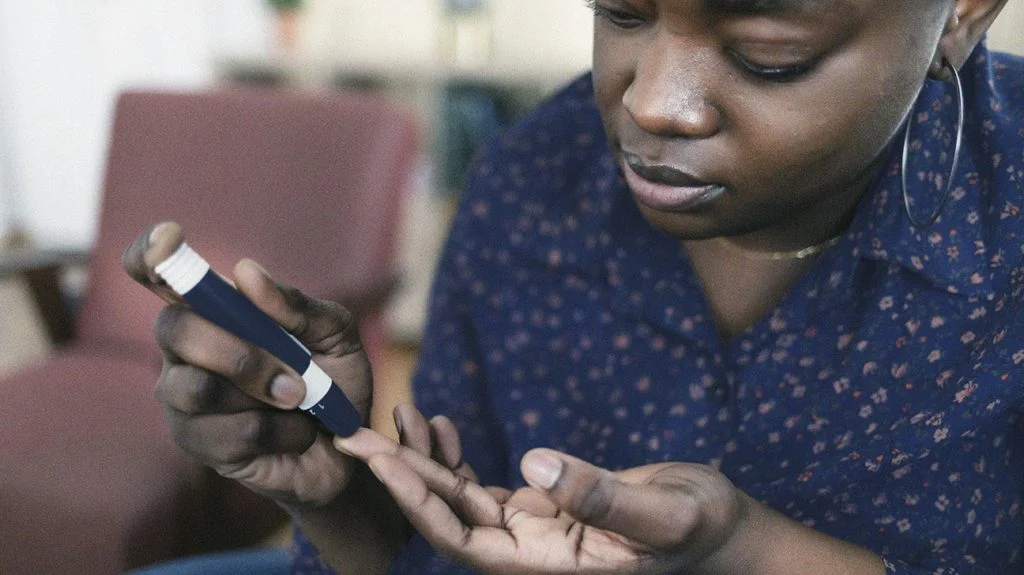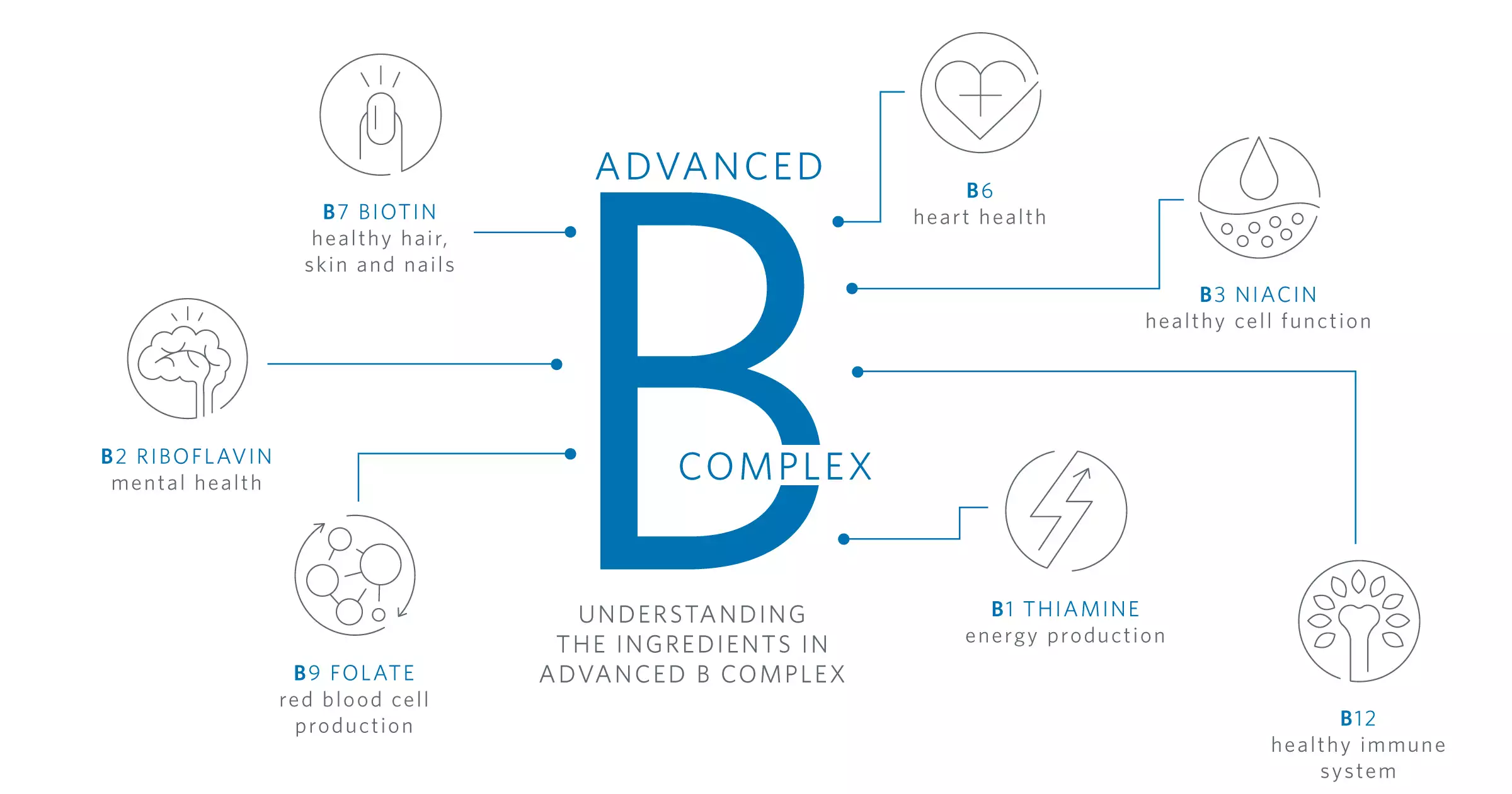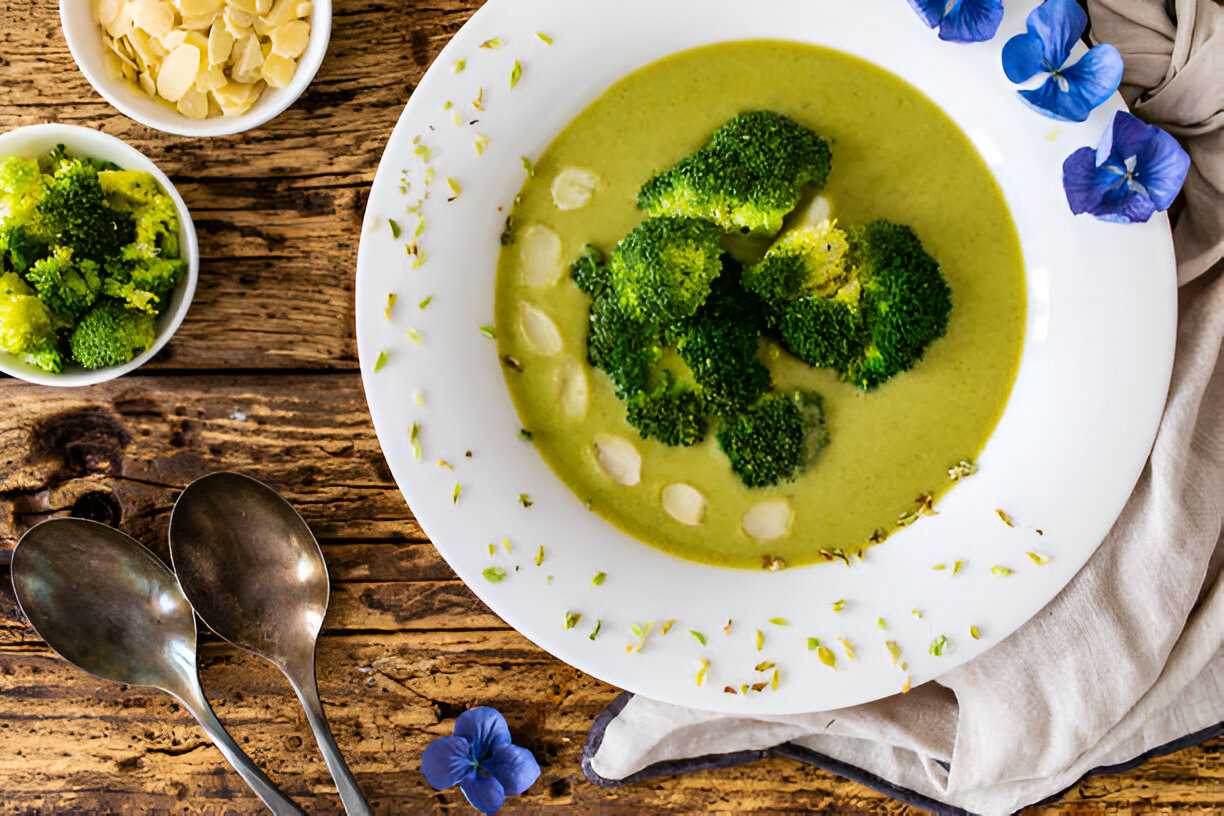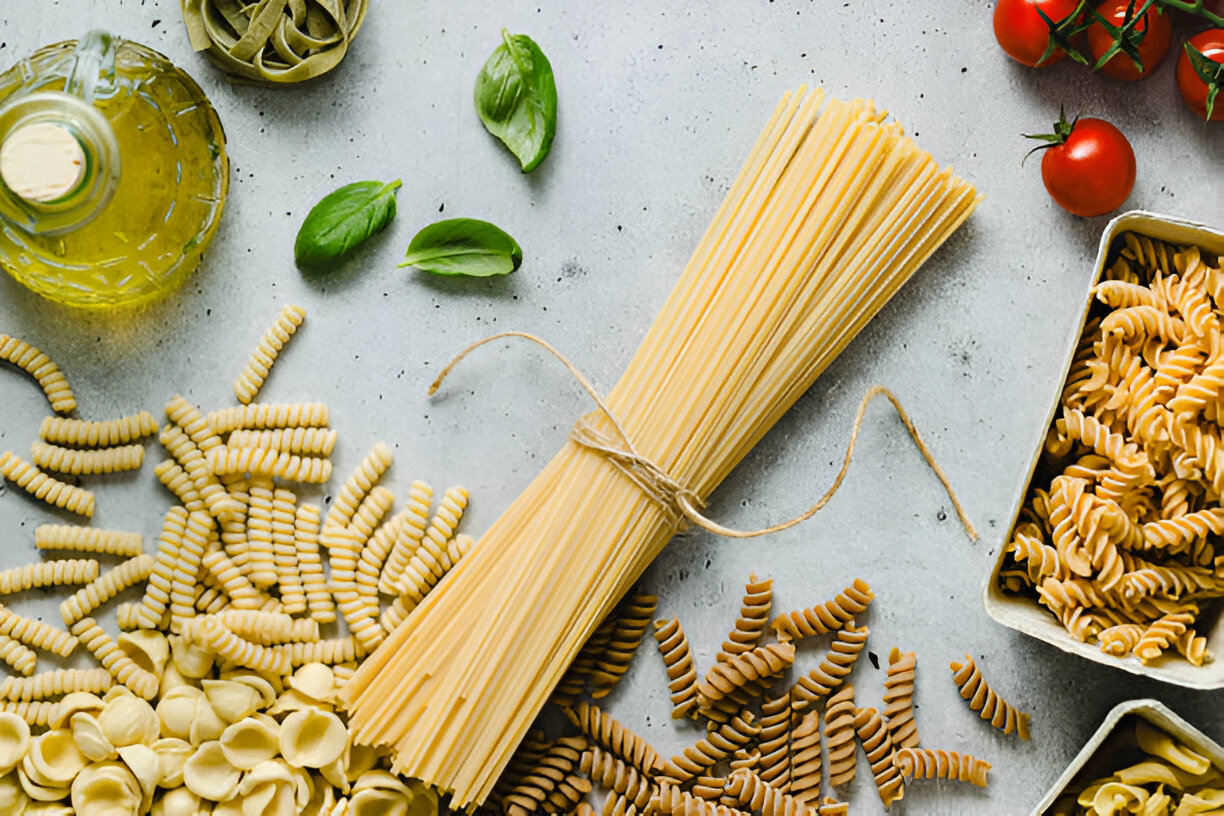
Understanding Breast Cancer Risk Beyond Genetics
Many of us adopt healthy routines, but we may unknowingly increase our breast cancer risk due to environmental factors. While only 1 in 10 cases are linked to genetics, the environment plays a crucial role in triggering this disease.
The Role of Environmental Toxins
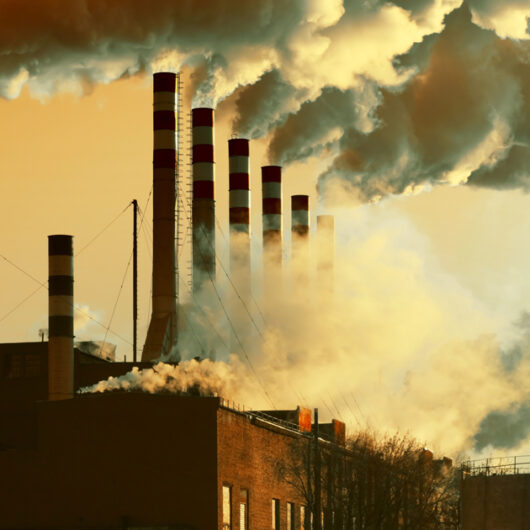
Research suggests that environmental toxins, including those from air pollution, food, and beauty products, may contribute significantly to breast cancer. These estrogen-mimicking chemicals accumulate in our bodies and increase the risk over time.
How Chemicals Affect Breast Cancer Risk
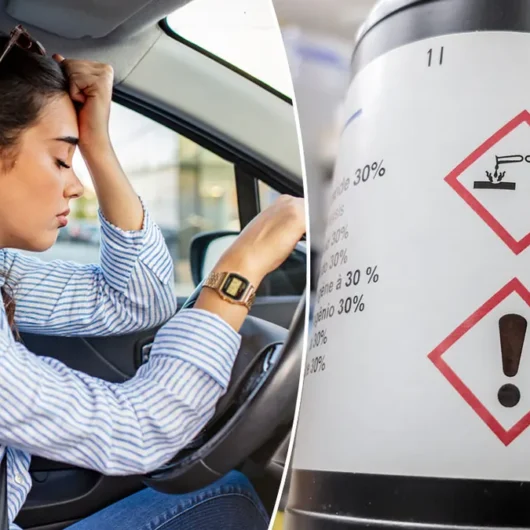
Environmental chemicals, especially those that mimic estrogen, may overstimulate cells, causing replication errors that lead to tumors. These chemicals often accumulate in fat cells, making breast tissue particularly susceptible.
Steps to Reduce Breast Cancer Risk
Taking proactive measures can help lower your breast cancer risk by reducing exposure to harmful environmental toxins. While no method guarantees complete prevention, the steps outlined below offer practical ways to minimize your exposure to chemicals and environmental factors linked to breast cancer. Incorporating these habits into your daily routine can make a significant impact on your long-term health.
Green Your Cleaners
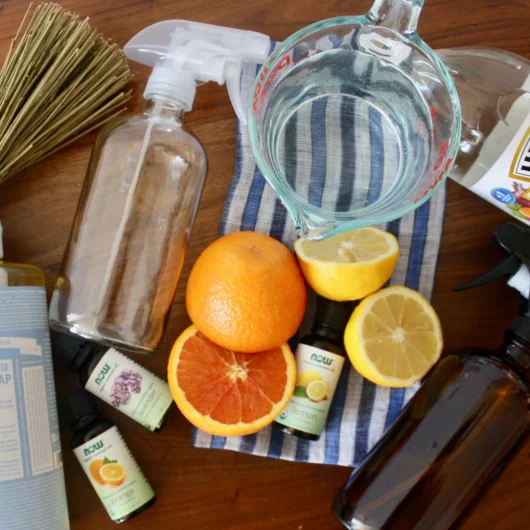
Opt for natural cleaning products to avoid exposure to harmful chemicals like alkylphenols, which mimic estrogen.
Revamp Your Beauty Routine
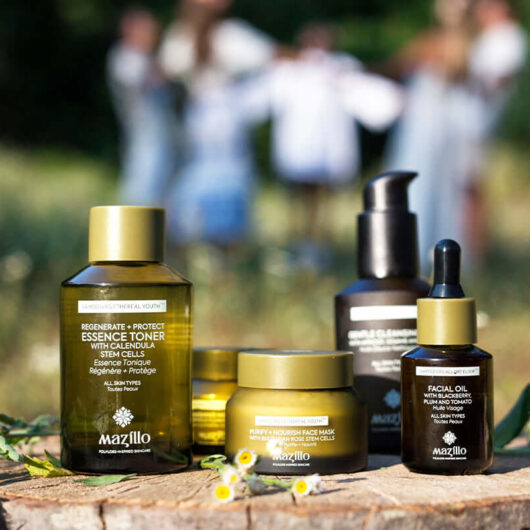
Choose products without phthalates, parabens, or ethylene oxide. Use natural alternatives like plant oils and vitamins.
Watch Your Diet

Limit grilled meats and opt for organic foods to reduce exposure to PAHs and endocrine disruptors from pesticides.
Avoid Harmful Plastics
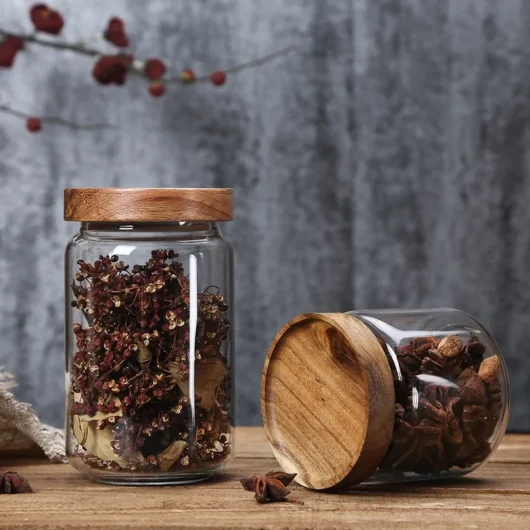
Swap out plastics containing bisphenol A (BPA) and PVC, which can contribute to cancer, in favor of glass or stainless steel.
Limit Air Pollution Exposure

Reduce your intake of airborne toxins by avoiding busy streets during outdoor activities and using an air purifier at home.
Detox to Flush Out Toxins
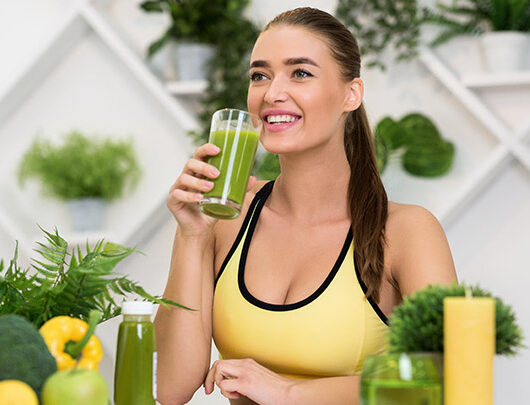
Regular exercise and a diet rich in antioxidants can help your body detoxify and lower breast cancer risk. Consider trying saunas or traditional detox methods like panchakarma to support this process.
By making these small changes, you can significantly lower your exposure to harmful toxins and reduce your overall breast cancer risk.






